Author : Damian Keeley
Reinventing the wheel
I liked what I saw, and pursued the initial renderings with a pro version of Maxwell render for Sketchup, which whilst not providing the quickest turnaround in rendering time, is certainly an affordable and professional level rendering package plugin that works within Sketchup, no messy imports or exports needed!
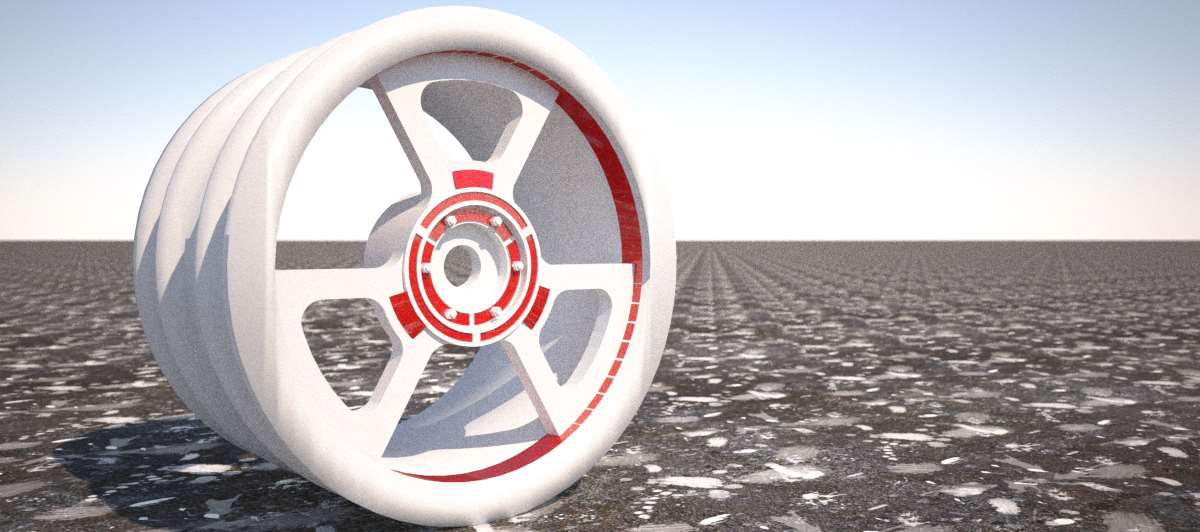
I had some fun with rendering, indeed extending the separate components within the model, as an exploded diagram.
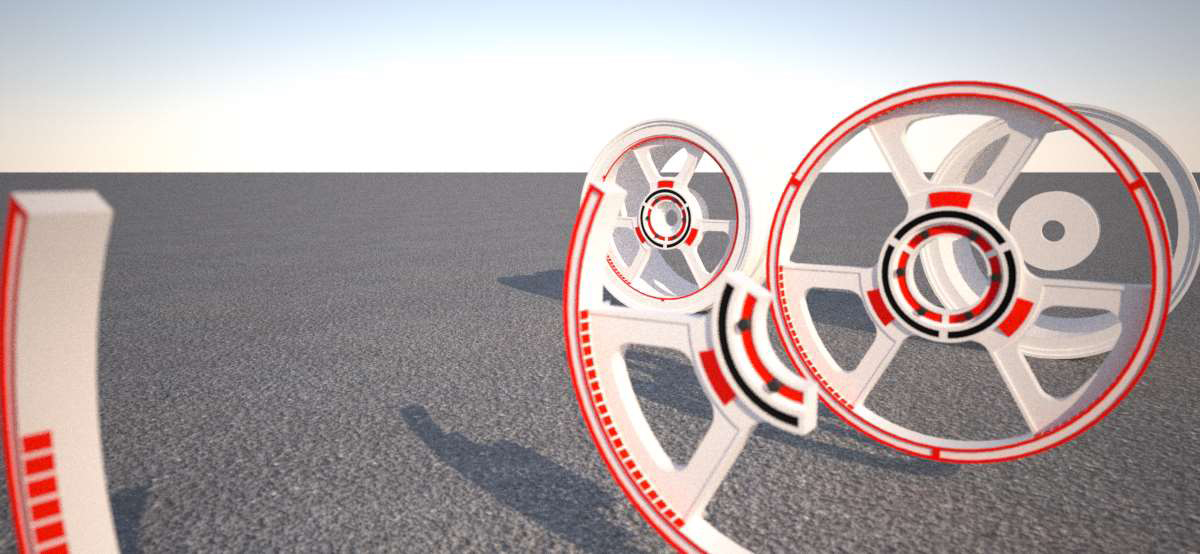
Back in Sketchup I had read about a plug in called CAD SPAN that would promise the ability to ‘shrinkwrap’ any existing geometry in a single layer of faces, thus the manifold problem had a potential answer!
No more messy geometry!
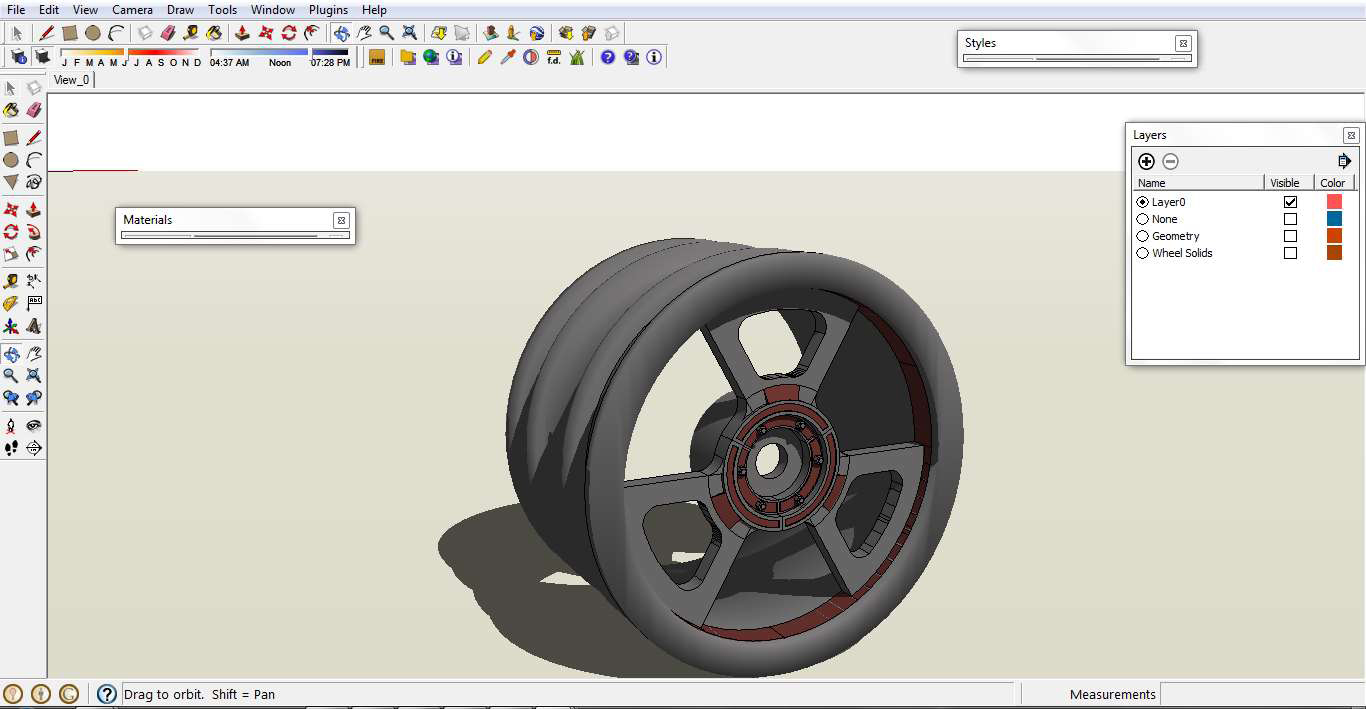
Part of making a manifold shell is that the faces are all orientated the correct way…
The difference in colours here indicate that all is not well with the model and that some face need to be reversed.
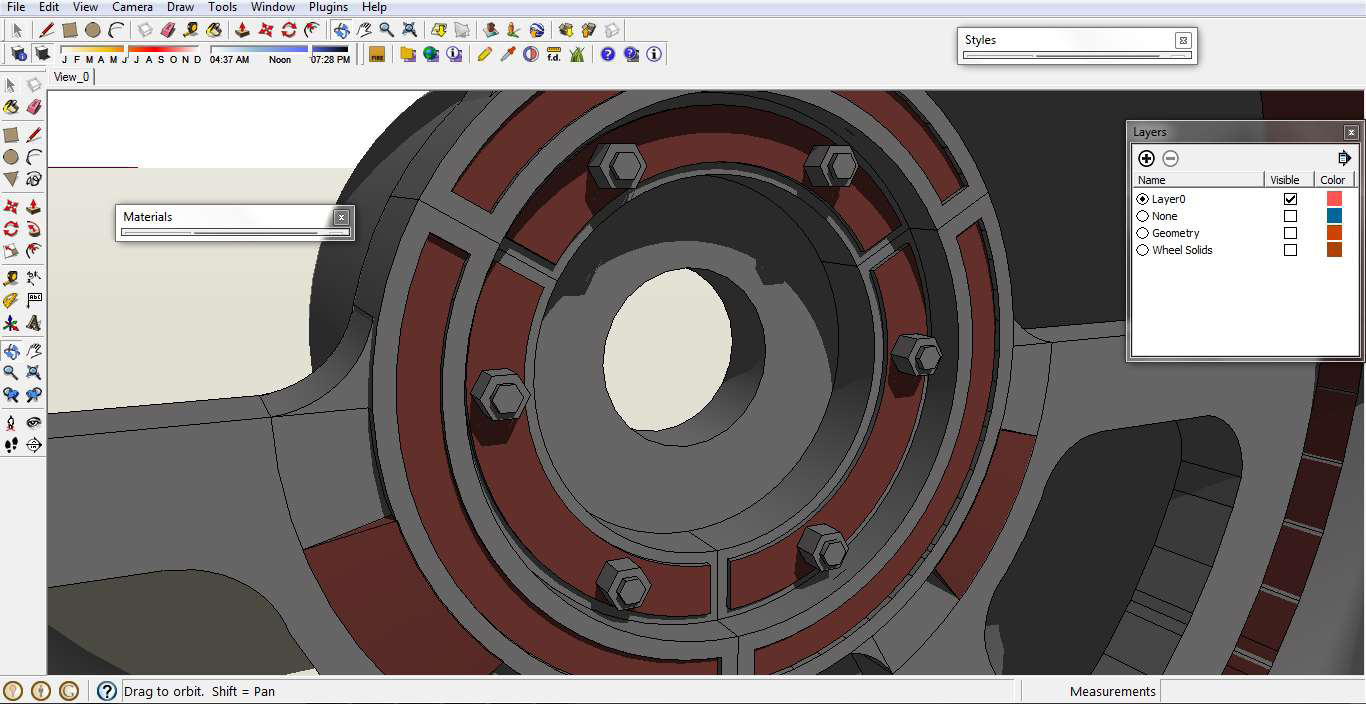
Back to the same Sketchup model that had been used for photo rendering was now being cleaned up to allow 3D printing…
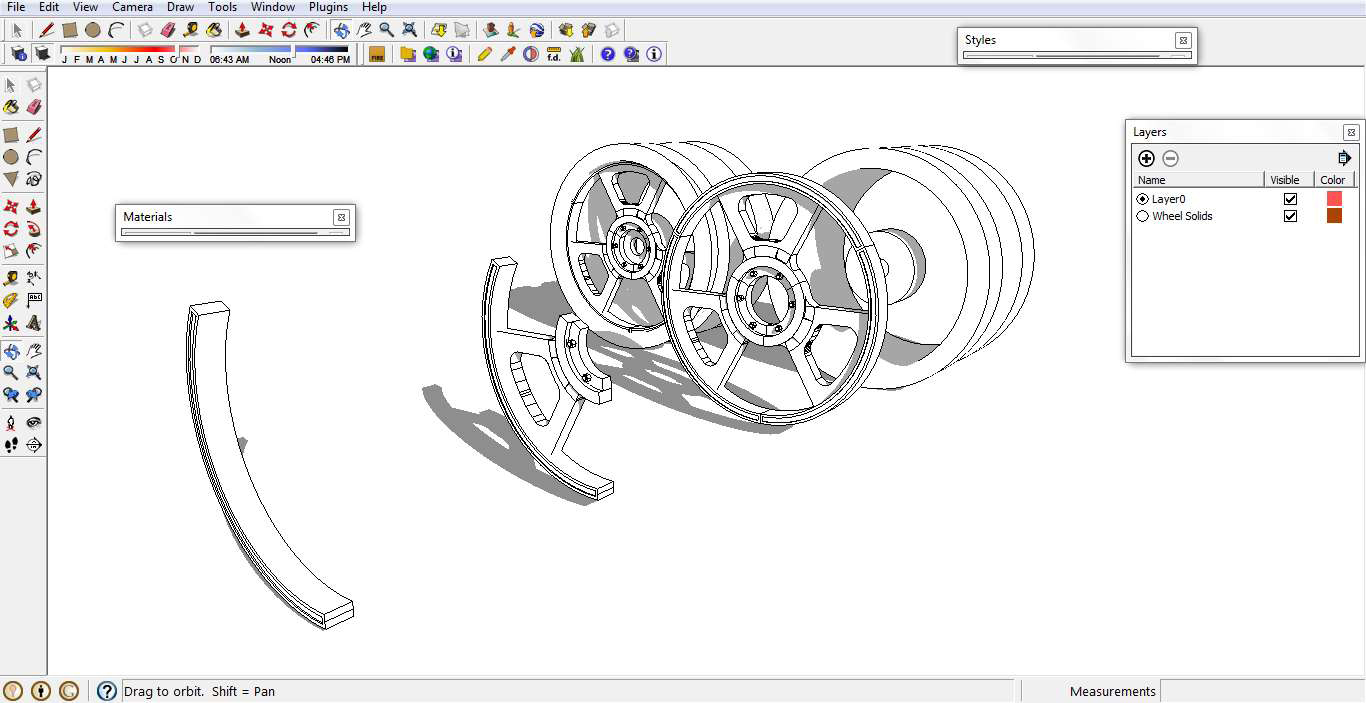
Cleaning up did eventually happen after much investigation of hidden geometry within the model.
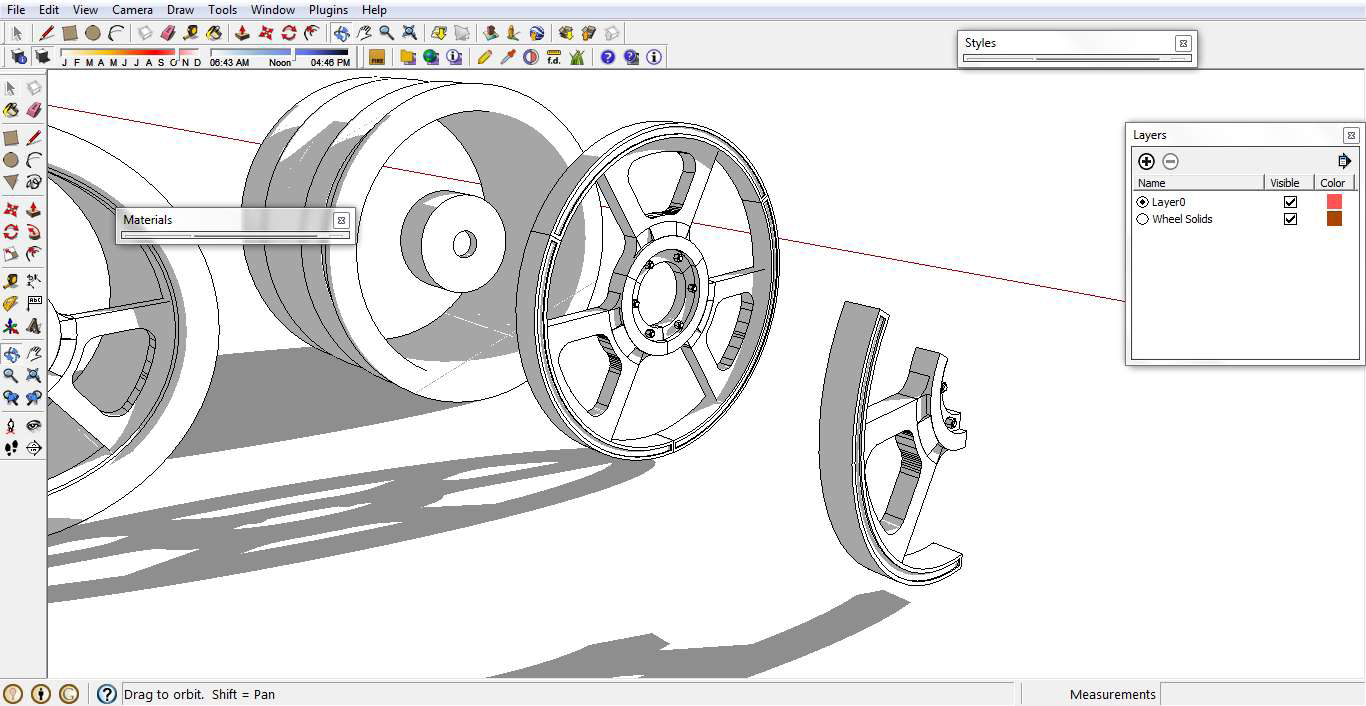
The CADSpan Plug in was very useful for showing various problem parts of the model!
Missing faces, etc. would all have to be fixed before a shrink wrap could be made…
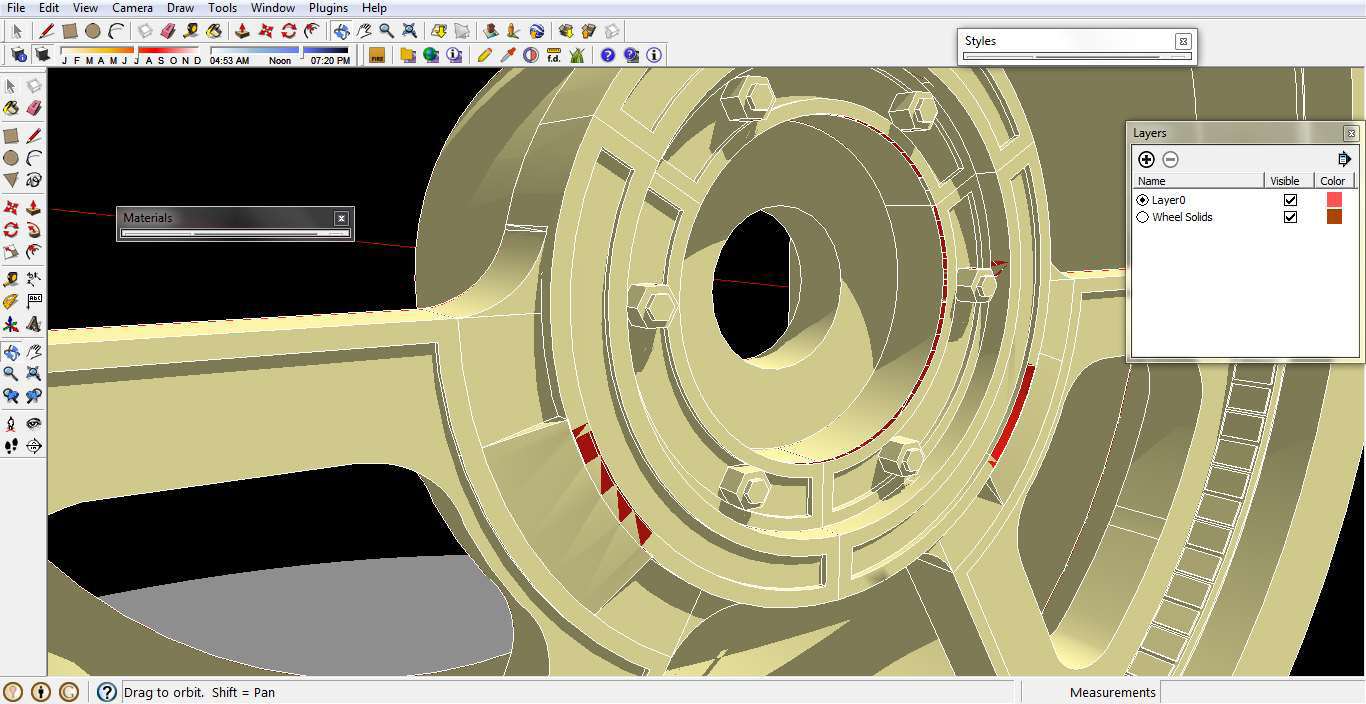
Following exporting from the Sketchup CADSpan plugin, that works within Sketchup, the model was checked for conformity in a free programme called Meshlab… its really quite useful, in case you haven't got the shrink wrapping just right yet. I didn’t get it right for half a dozen goes!
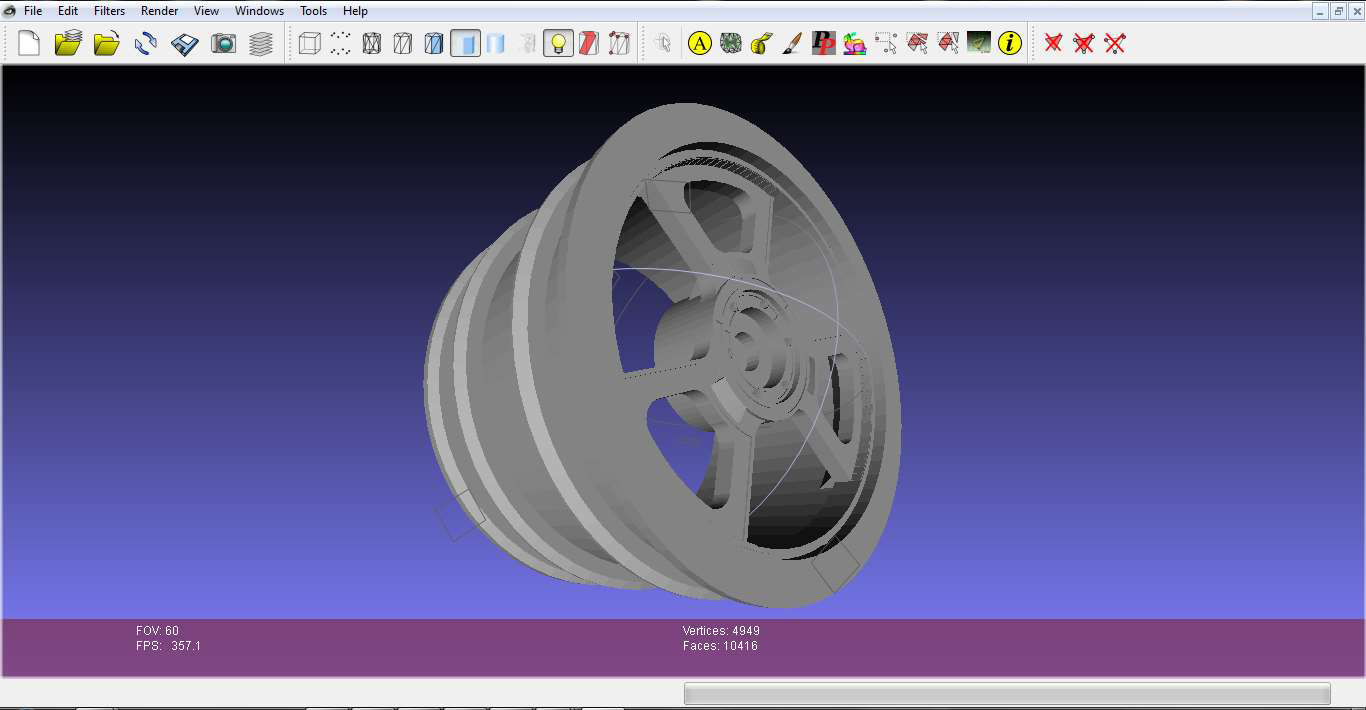
Once the wheel was confirmed to be ‘Manifold’ I Uploaded it to a MakerBot, which is a basic 3D printer, to test to see whether the process had in fact worked…
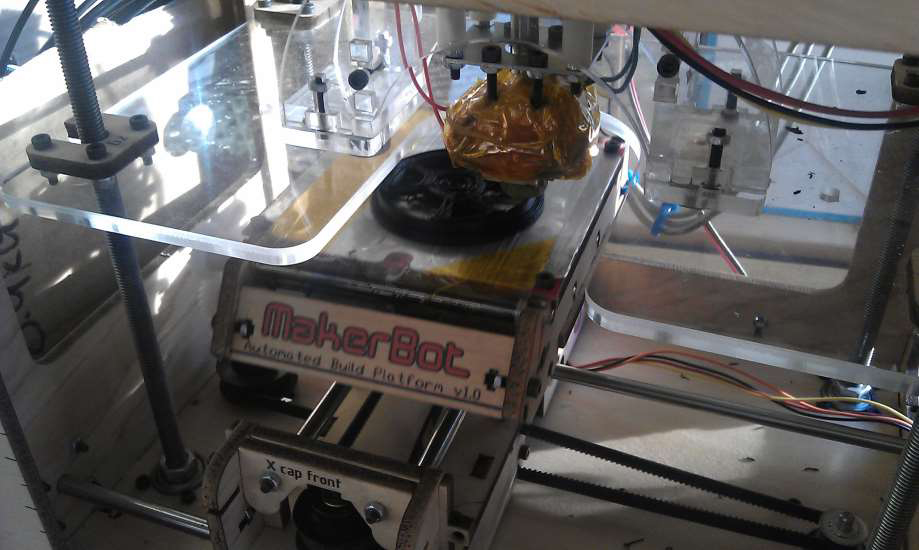
The model had in fact been accepted as a piece of digital code, and as plastic tubing was melted and squeezed through a nozzle over a moving print platform the wheel emerged over the next 30 minutes
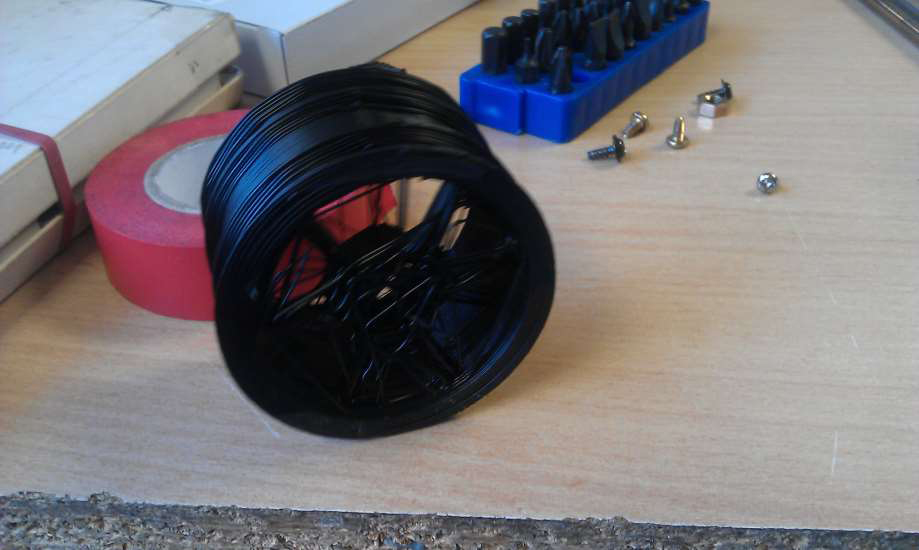
Whilst this model does not have the resolution of a high quality and expensive powder 3D printer, and suffers from melted strings, it does prove that the process is complete and works. The same model, as a digital object could be uploaded to Shapeways or other printing bureau’s in a variety of precise and exotic materials.
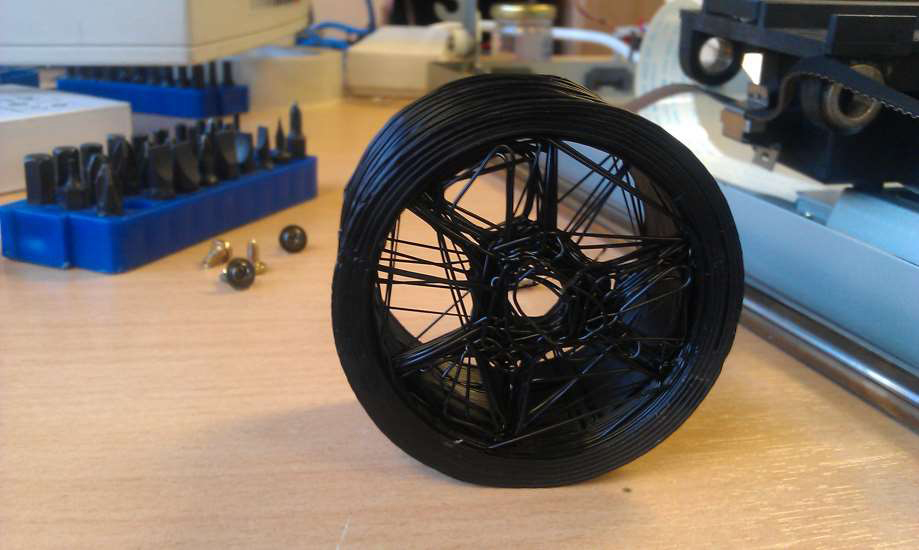
Returning to the same model I looked again at optional colour profiles that could be printed by a 3D powder printer
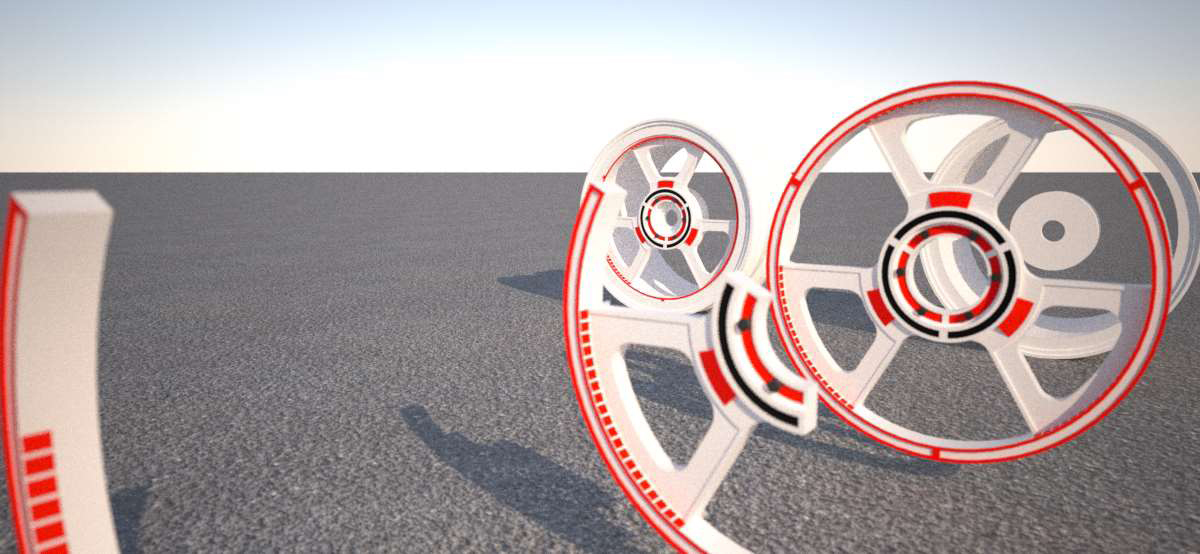
All in all the process was successful, even if the quality of the final print was a little lower than can be achieved commercially.
It is important not to be discouraged to easily, and remember what has been achieved through the process.
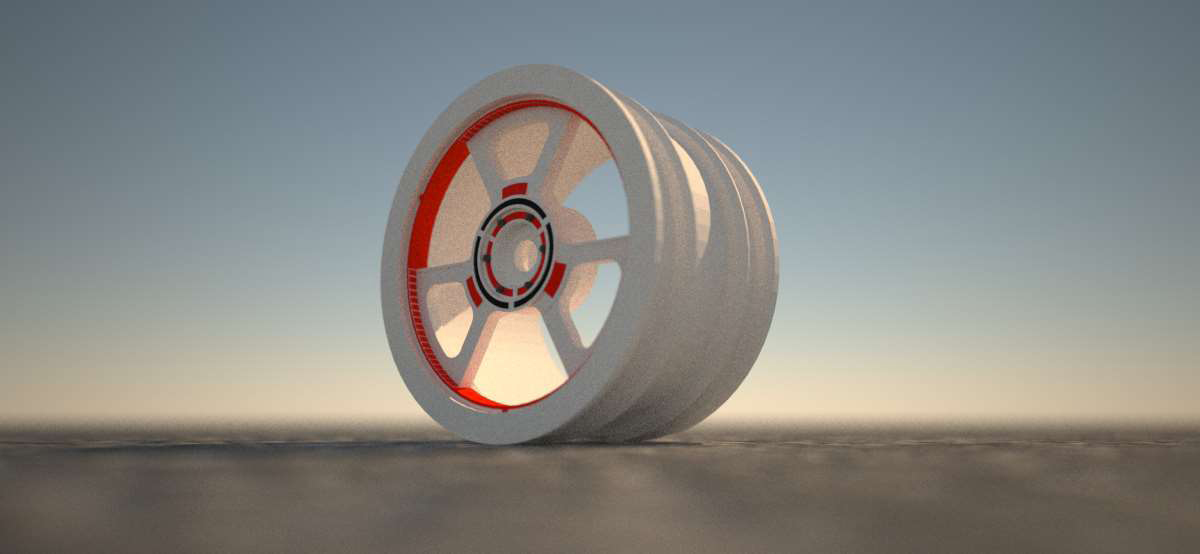
- Cover Story
-
 SketchUp Can Help You Win Interior..
SketchUp Can Help You Win Interior.. -
 Best Laptops for SketchUp
Best Laptops for SketchUp -
 How to Resize Textures and Materials..
How to Resize Textures and Materials.. -
 Discovering SketchUp 2020
Discovering SketchUp 2020 -
 Line Rendering with SketchUp and VRay
Line Rendering with SketchUp and VRay -
 Pushing The Boundary with architectural
Pushing The Boundary with architectural -
 Trimble Visiting Professionals Program
Trimble Visiting Professionals Program -
 Diagonal Tile Planning in SketchUp
Diagonal Tile Planning in SketchUp -
 Highlights of some amazing 3D Printed
Highlights of some amazing 3D Printed -
 Review of a new SketchUp Guide
Review of a new SketchUp Guide
- Sketchup Resources
-
 SKP for iphone/ipad
SKP for iphone/ipad -
 SKP for terrain modeling
SKP for terrain modeling -
 Pool Water In Vray Sketchup
Pool Water In Vray Sketchup -
 Rendering Optimization In Vray Sketchup
Rendering Optimization In Vray Sketchup -
 Background Modification In sketchup
Background Modification In sketchup -
 Grass Making with sketchup fur plugin
Grass Making with sketchup fur plugin -
 Landscape designing in Sketchup
Landscape designing in Sketchup -
 Apply styles with sketchup
Apply styles with sketchup -
 Bedroom Making with sketchup
Bedroom Making with sketchup -
 Review of Rendering Software
Review of Rendering Software -
 Enhancing rendering for 3d modeling
Enhancing rendering for 3d modeling -
 The combination of sketchup
The combination of sketchup -
 Exterior Night Scene rendering with vray
Exterior Night Scene rendering with vray






